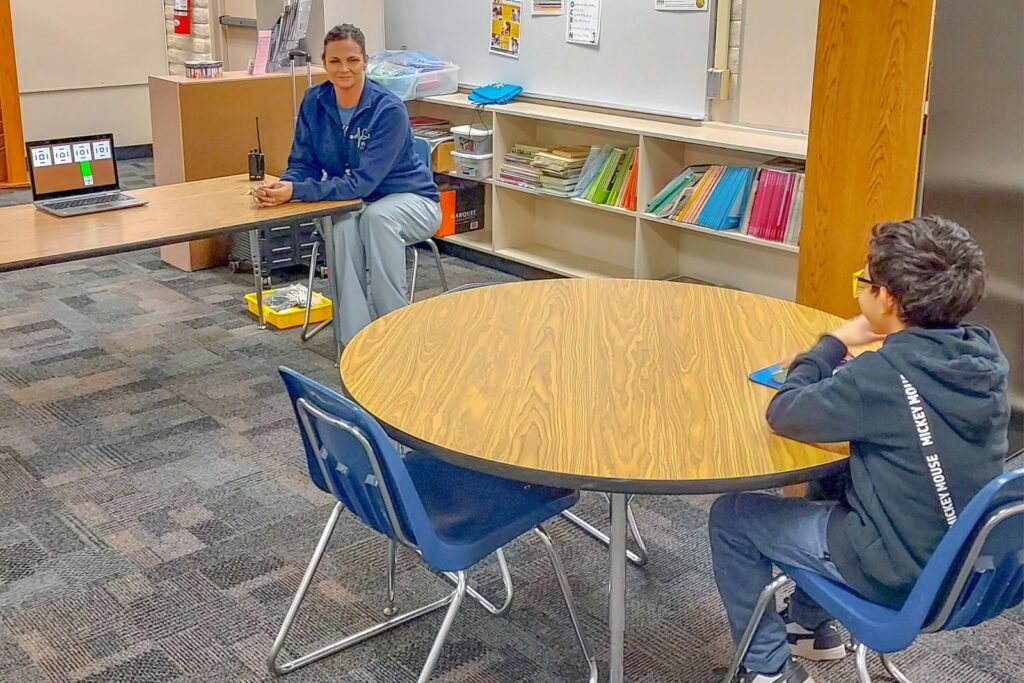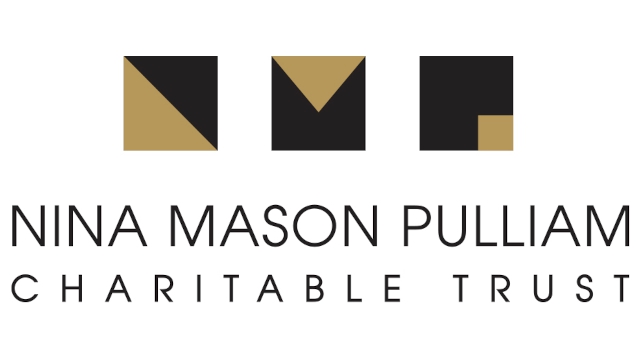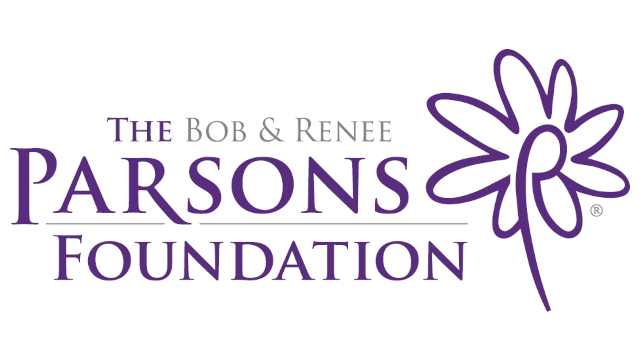PHOENIX, Ariz.—Virginia G. Piper Charitable Trust has appointed Laura Smith as the new director of Eyes On Learning, a coalition of state, local, and national organizations dedicated to improving the vision health of Arizona’s children.
About 1-in-4 school-age children have a vision problem that may affect their ability to learn. Healthy vision is especially vital in early childhood and the early grades, when children develop the literacy skills they need to learn to read and be successful in school.
Partners in Eyes On Learning work together so that Arizona children with vision problems are identified early, through regular vision screenings, so they can get the eye exams and follow-up treatment they need.
Smith’s appointment comes after inaugural director Karen Woodhouse announced her intention to retire later this summer. Woodhouse has led Eyes On Learning since it was established in December 2015.

“Over the last ten years, under Karen’s exceptional leadership, Eyes On Learning has delivered on its mission to improve Arizona’s system of vision screening and referral for children,” said Steve Zabilski, president and CEO of Piper Trust, a founding partner of Eyes On Learning. “There’s more to be done, and Laura has such a distinctive mix of expertise and experience to carry this initiative forward—it’s clear she is driven to ensure that all Arizona children receive regular vision screenings. Piper Trust is so pleased to announce Laura’s appointment in partnership with the Eyes On Learning advisory board.”
Smith previously served as program manager of community education at The Arizona Partnership for Immunization (TAPI). At TAPI she developed partnerships and directed initiatives to improve public health outcomes through education and outreach, including training programs that reached 1,500 healthcare professionals, school nurses, and health office staff annually. She also led the Arizona School Immunization Coalition, one of six multi-sector teams from across the country selected to participate in the prestigious National Leadership Academy for the Public’s Health (NLAPH) fellowship in 2023-24.
Smith started her career in health as a certified ophthalmic assistant and brings an in-depth understanding of vision screening, eye exams, and treatments to her role with Eyes On Learning.
“Healthy vision is critical for every child’s school success, as well as their social development and overall well-being,” Smith said. “I look forward to collaborating with the Eyes On Learning advisory board and other community partners to improve children’s vision health in Arizona.”
Eyes On Learning has been a driving force behind important advances for children’s vision screening in Arizona. Coalition recommendations contributed to the passage of new legislation that provides procedures and guidelines for all public and charter schools to conduct regular vision screenings for approximately 500,000 children every school year. Eyes On Learning also worked with the Arizona Department of Health Services to reimagine the vision screener certification process and is conducting a statewide pilot of a new, web-based vision screening program that promises to further streamline children’s vision screening in Arizona and increase access to follow-up vision care.
“Eyes On Learning was instrumental in securing significant philanthropic investments and federal funding for the successful implementation of the new vision screening policy,” said Roy Pringle, chief operating officer at Vitalyst Health Foundation, who serves on Eyes On Learning’s advisory board. “We have a strong, purposeful, productive coalition, and I’m confident that Laura is the right leader to keep the momentum going.”
About Eyes On Learning:
Eyes On Learning is dedicated to ensuring that children with vision problems are identified early and receive an eye exam and follow-up treatment to achieve better vision health. The Eyes On Learning Vision Coalition is comprised of state/local and national organizations that share a commitment to vision health and learning success for all Arizona children. Learn more at eyesonlearning.org.
About Virginia G. Piper Charitable Trust:
Virginia G. Piper Charitable Trust supports organizations that enrich health, well-being, and opportunity for the people of Maricopa County, Arizona. Since it began awarding grants in 2000, Piper Trust has invested more than $749 million in local nonprofits and programs. Piper Trust grantmaking areas are healthcare and medical research, children, older adults, arts and culture, education, and religious organizations. For more information, visit pipertrust.org | X | Facebook | LinkedIn.
Media Contact:
Karen Leland, kleland@pipertrust.org | 480-556-7125
Chief Communications Officer, Virginia G. Piper Charitable Trust















